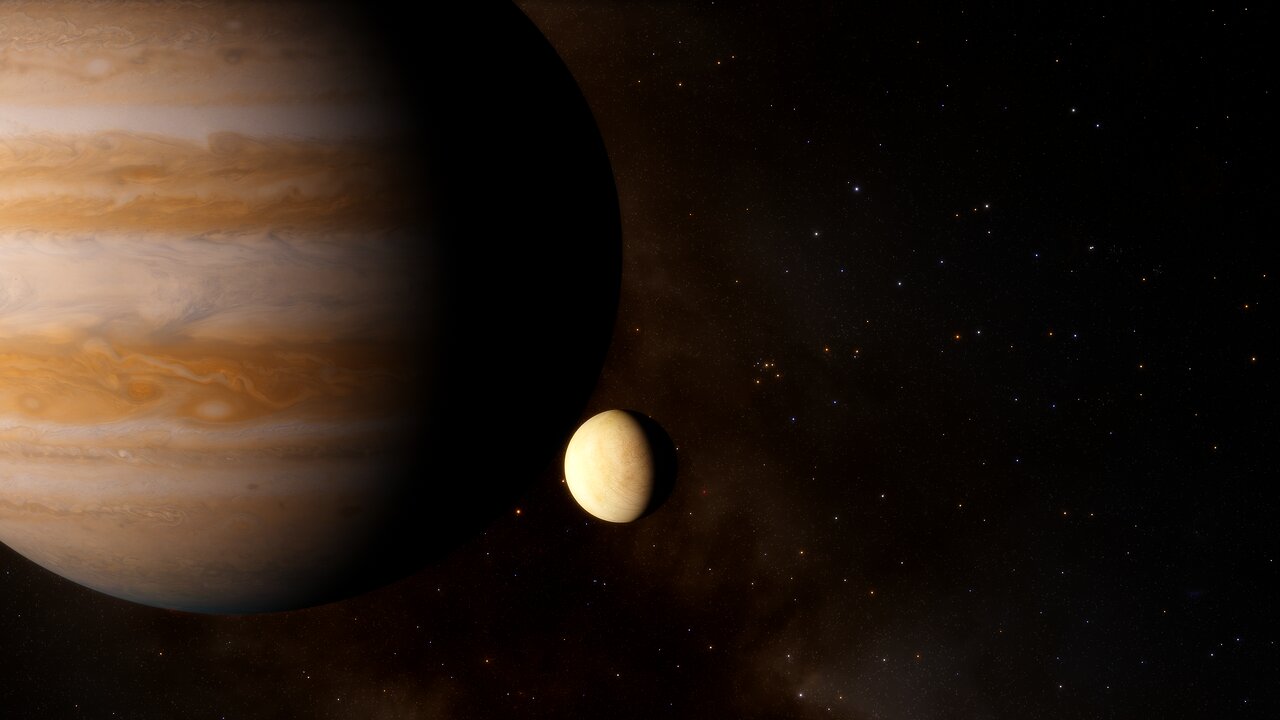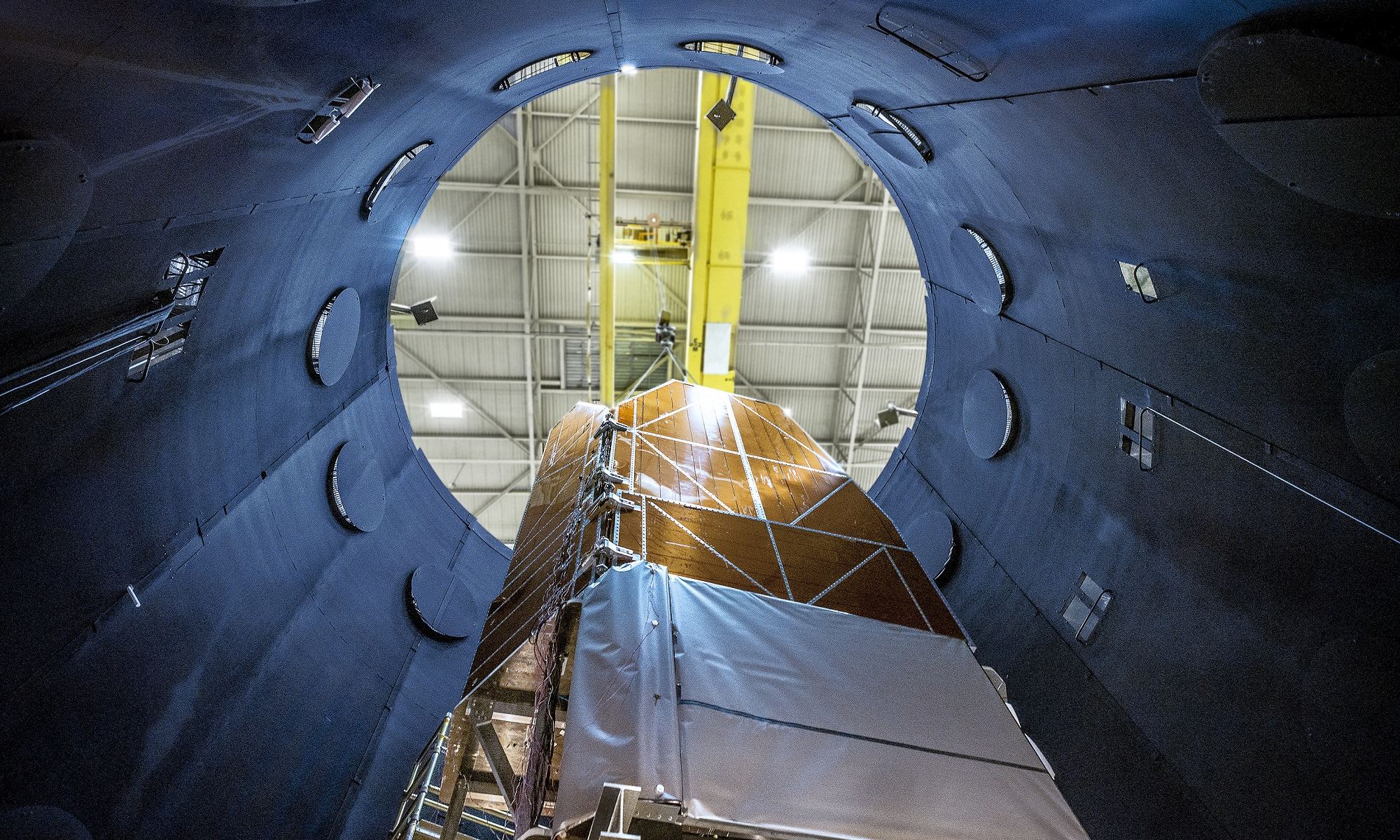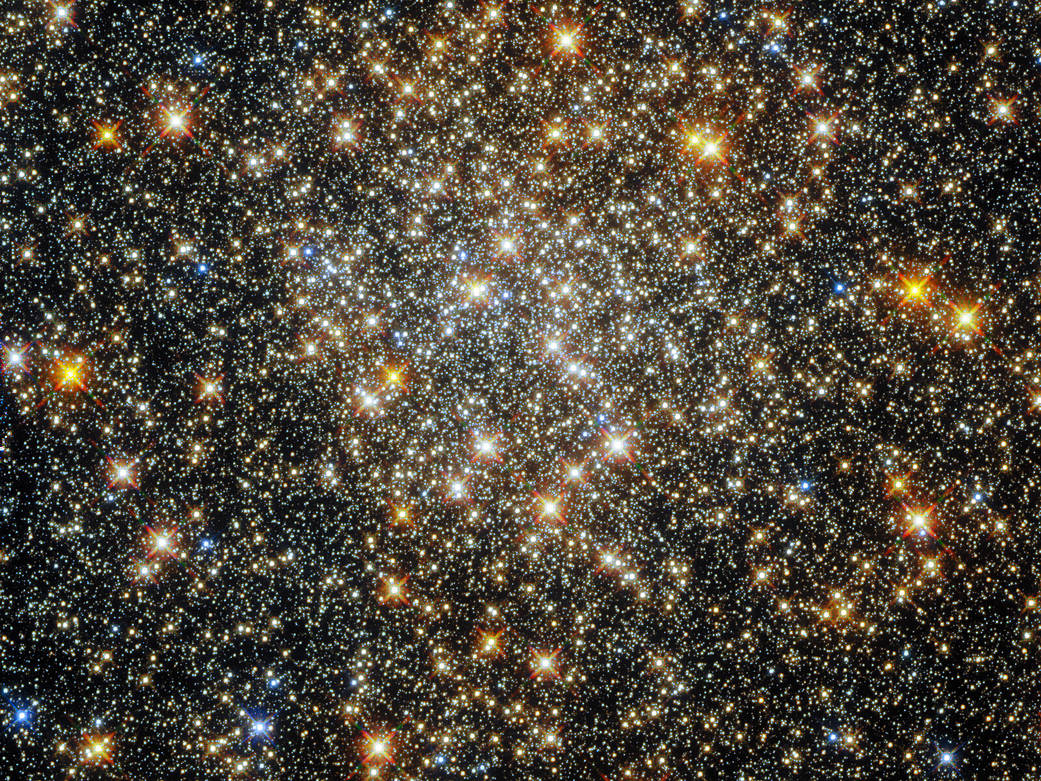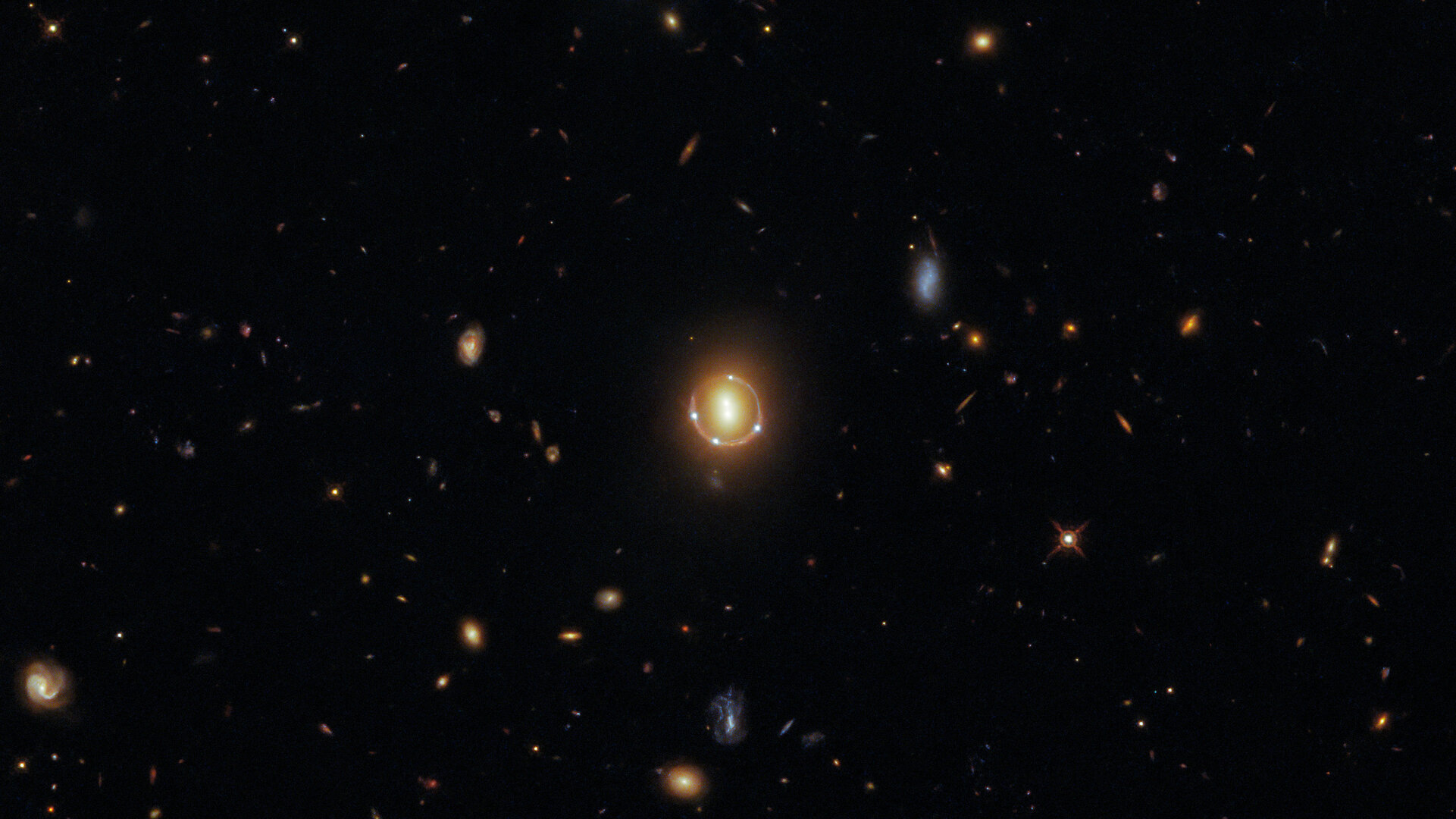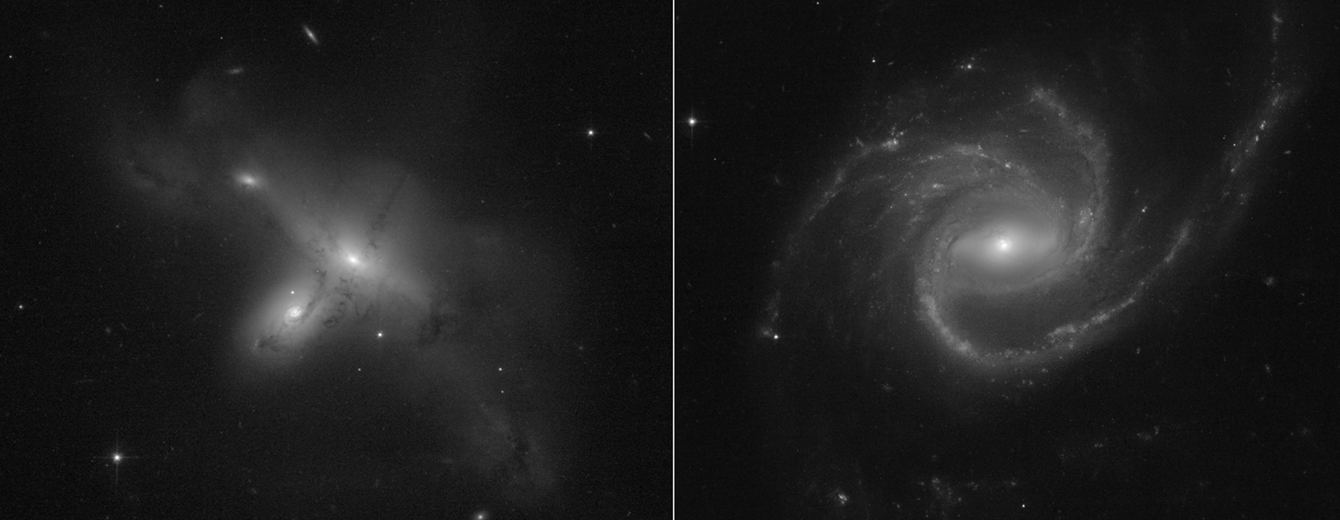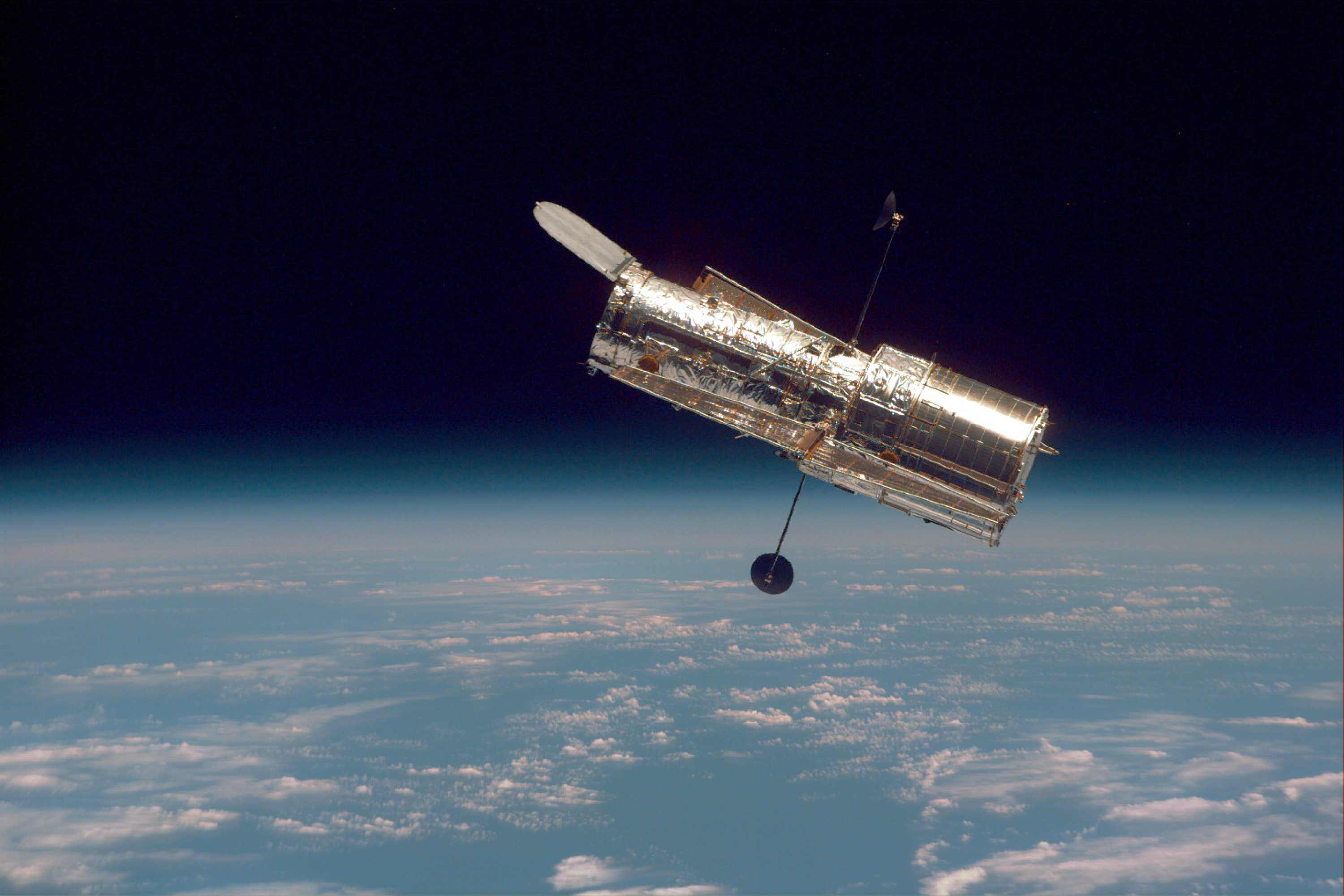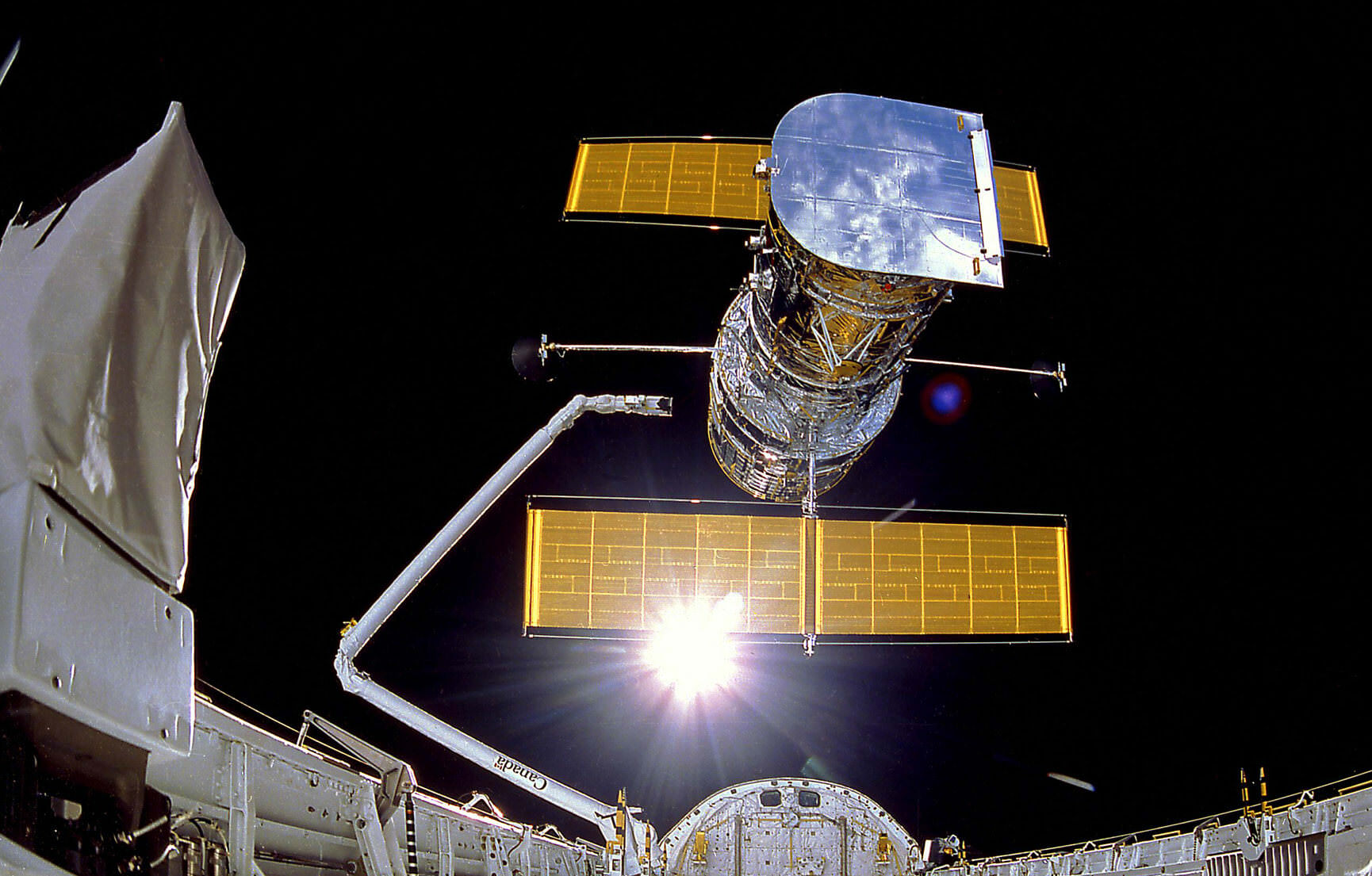Since the Voyager probes passed through the Jupiter system in 1979, scientists have been intrigued and mystified by its moon Europa. Once the images these probes acquired of the moon’s icy surface returned to Earth, scientists began to speculate about the possibility of a subsurface ocean. Since then, the detection of plume activity and other lines of evidence have bolstered this theory and fed speculation that there could be life beneath Europa’s icy surface.
According to new research, another critical piece of evidence of Europa’s watery nature has at least been confirmed. Using a similar technique that confirmed the presence of atmospheric water vapor in Jupiter’s moon Ganymede, Lorenz Roth of the KTH Royal Institute of Technology confirmed that Europa has water vapor in its atmosphere. This discovery could lead to a greater understanding of Europa’s atmosphere and surface environment, informing missions headed there in the near future.
Continue reading “Europa has Water in its Atmosphere”
